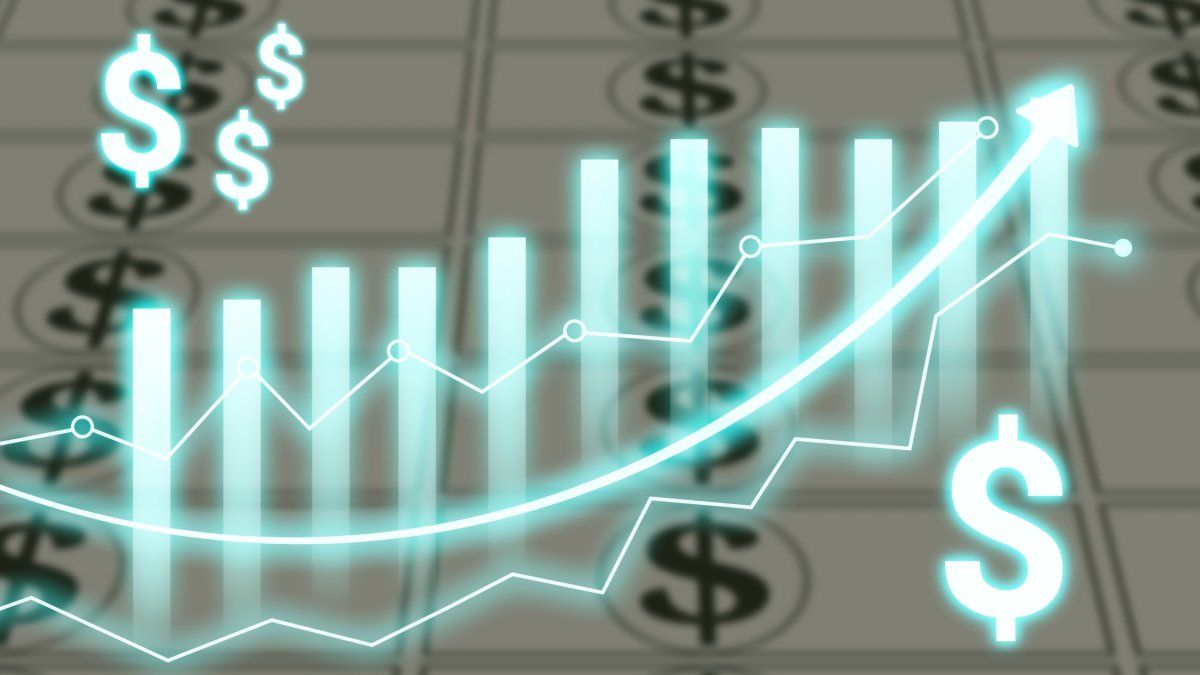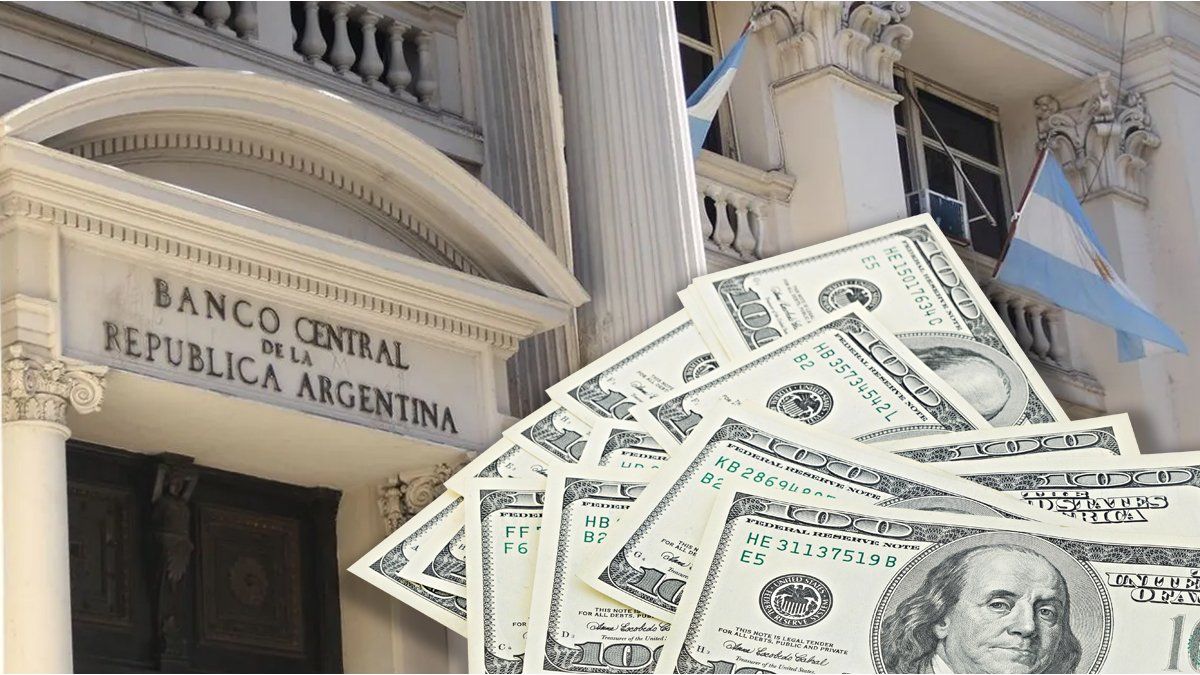The prices for energy and food have also risen significantly in 2023. Economists expect inflation to ease, but consumers need patience.
Life in Germany has become significantly more expensive for the second year in a row. At 5.9 percent, the average inflation rate in 2023 was one percentage point lower than the year before. Nevertheless, this was the second highest value since reunification.
Inflation is “still at a high level,” said the President of the Federal Statistical Office, Ruth Brand, in the figures confirmed by her authority. In December, the inflation rate rose again after five months of declines. However, economists expect consumer prices to ease increasingly over the course of 2024.
After the start of the Russian war of aggression on Ukraine in February 2022, energy and food prices in particular rose sharply, driving up inflation. This continued last year, although not quite as strongly. “Food prices rose particularly sharply on average in 2023,” explained Brand. Consumers had to pay 12.4 percent more for food. The prices for energy products rose by 5.3 percent in 2023 compared to the previous year.
The annual inflation rate without taking energy and food into account – the so-called core inflation rate – was 5.1 percent in 2023 after 3.8 percent in 2022. The increase makes it clear “that inflation in other goods areas was also high on average in 2023,” they explained Statistician.
“Sudden increase in energy prices” in December
In December, consumer prices rose by 3.7 percent compared to the same month last year. Here too, the Wiesbaden statisticians confirmed preliminary data. In November, the lowest level since June 2021 was reached at 3.2 percent. An important reason for the rising rate of inflation again: a year earlier, in December, the state had once borne the costs of the discount for gas and district heating customers. This price-dampening effect is not included in the calculation for last December.
“In December 2023, there was a sharp increase in energy prices,” explained the statisticians: Energy prices rose by 4.1 percent after falling by 4.5 percent in November compared to the same month last year. According to the latest calculations, the increase in food prices continued to weaken in December to 4.6 percent compared to the same month last year; in November it was still 5.5 percent. Overall, consumer prices increased by 0.1 percent from November to December 2023.
Higher inflation rates reduce the purchasing power of consumers, meaning they can then afford one euro less. People’s financial scope is shrinking.
Price pressure also increased at the beginning of the year
Economists expect the inflation rate to fall further this year. However, due to the increase in the CO2 price from 30 euros per ton of carbon dioxide (CO2) to 45 euros and the return to the regular VAT rate of 19 percent for meals in restaurants, price pressure is likely to remain increased at the beginning of the year.
The European Central Bank (ECB) is aiming for stable prices with 2.0 percent inflation for the euro area as a whole in the medium term. In order to curb high inflation, the monetary authorities have raised key interest rates in the currency area ten times in a row since the summer of 2022. Higher interest rates make loans more expensive, which can slow down demand and counteract high inflation rates.
On average for 2023, the harmonized consumer price index (HICP), which the ECB uses for its monetary policy, was 6.0 percent in Europe’s largest economy, Germany, according to calculations by the Federal Office. In December it was 3.8 percent.
Source: Stern




